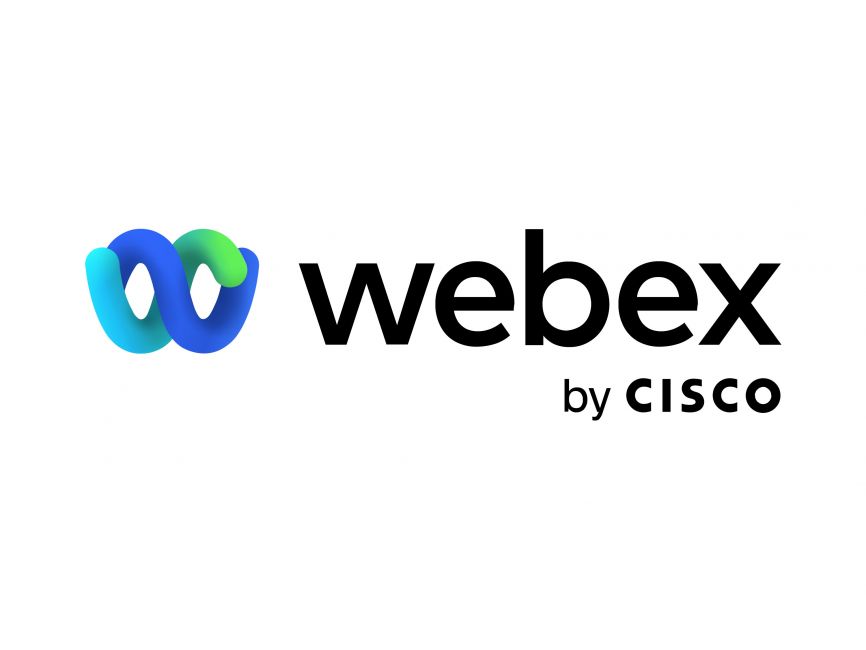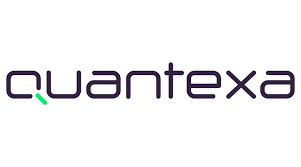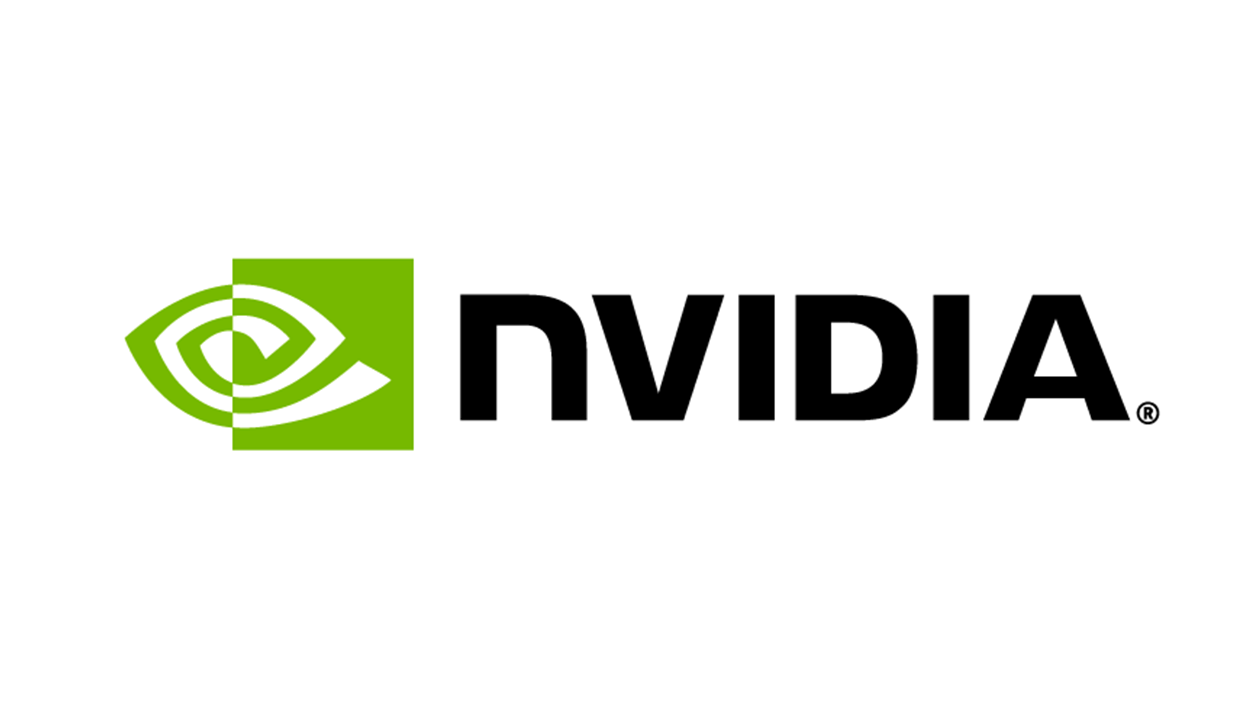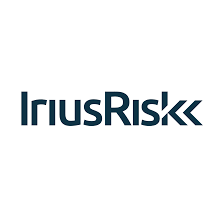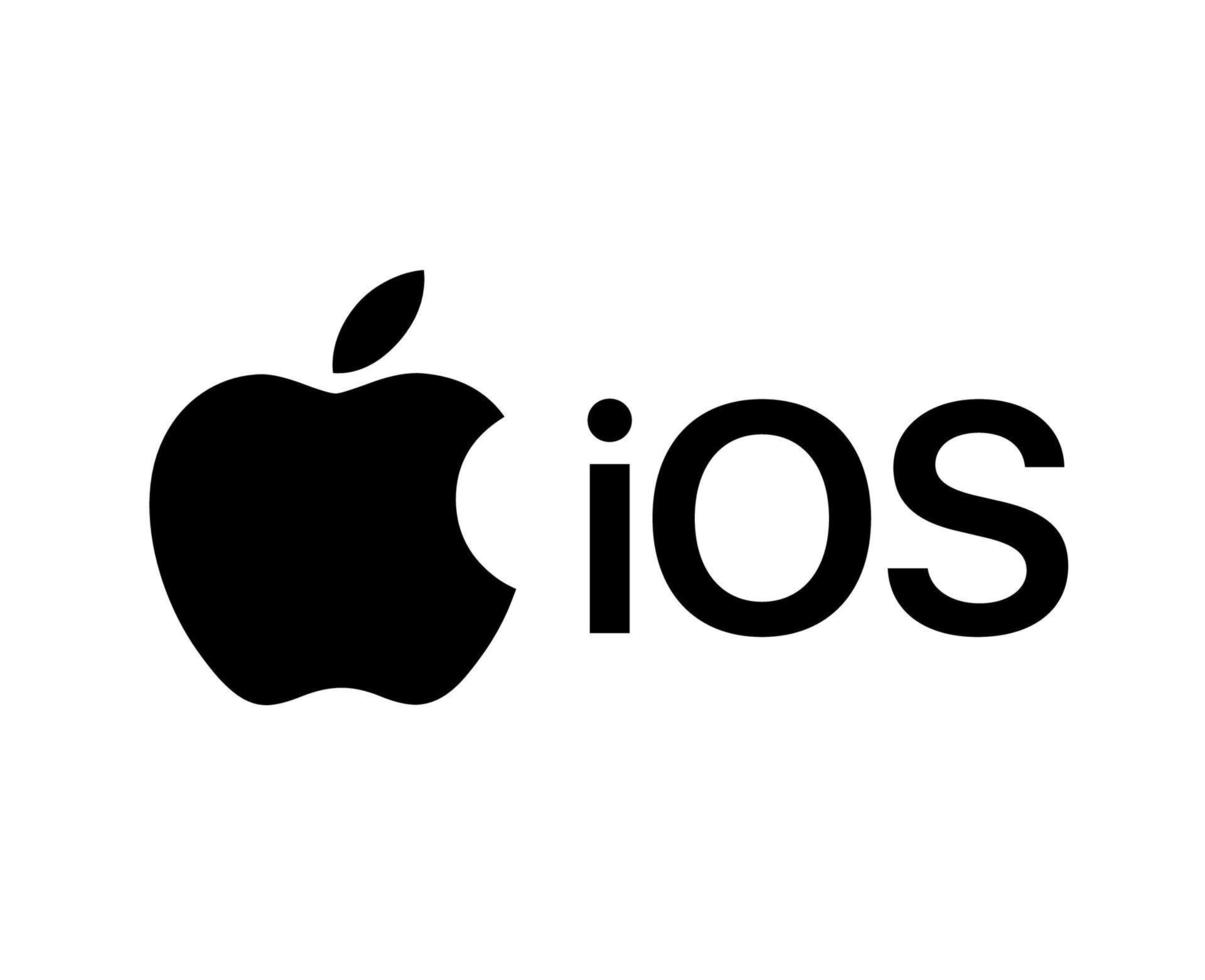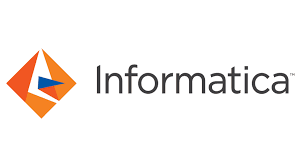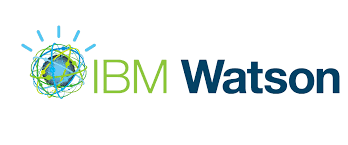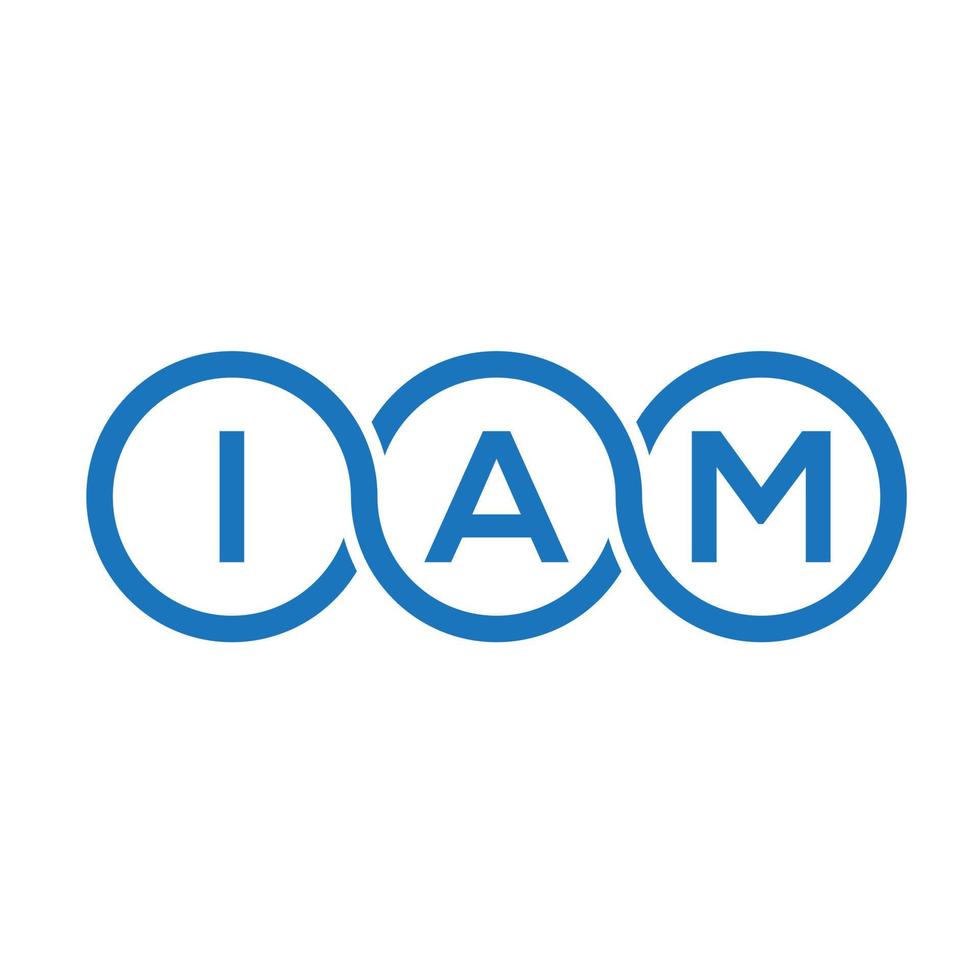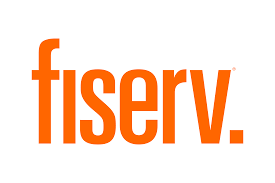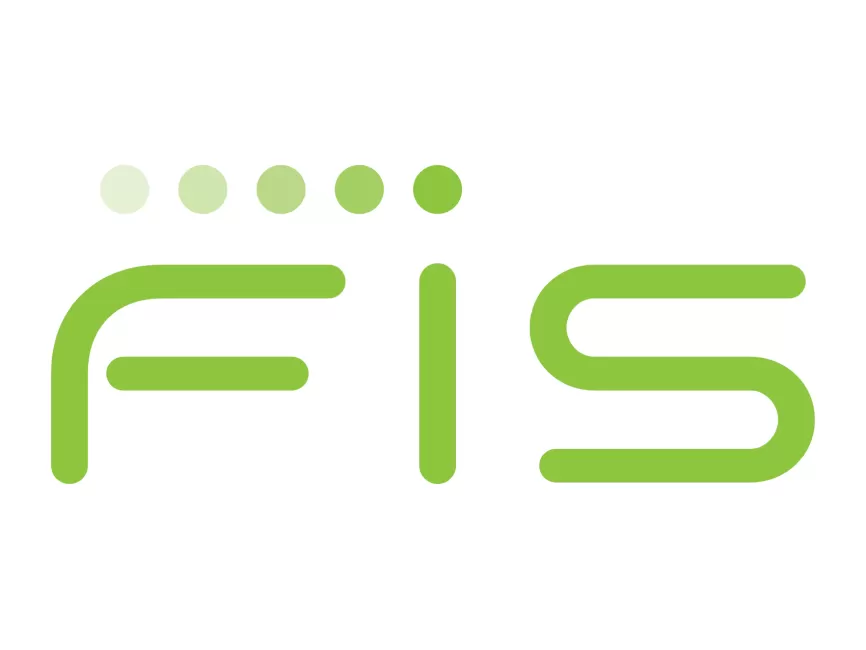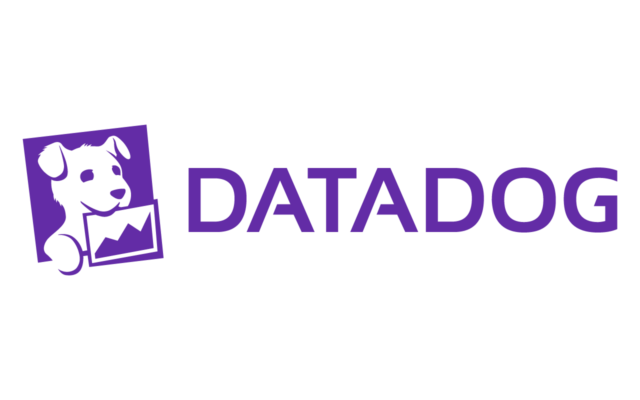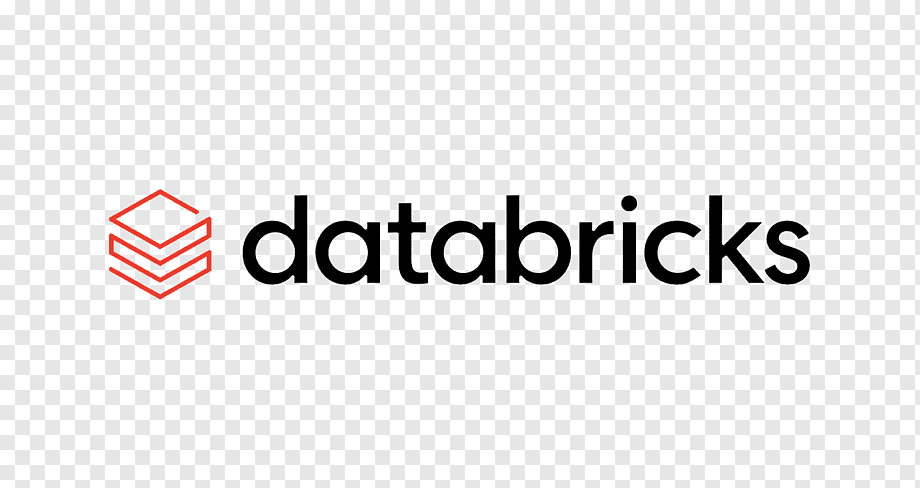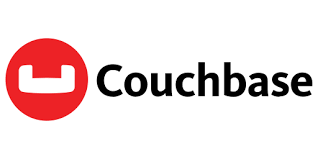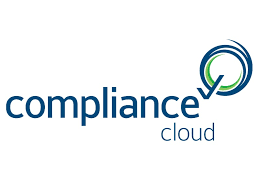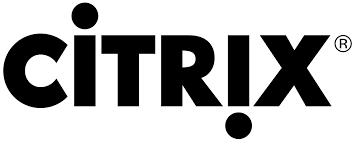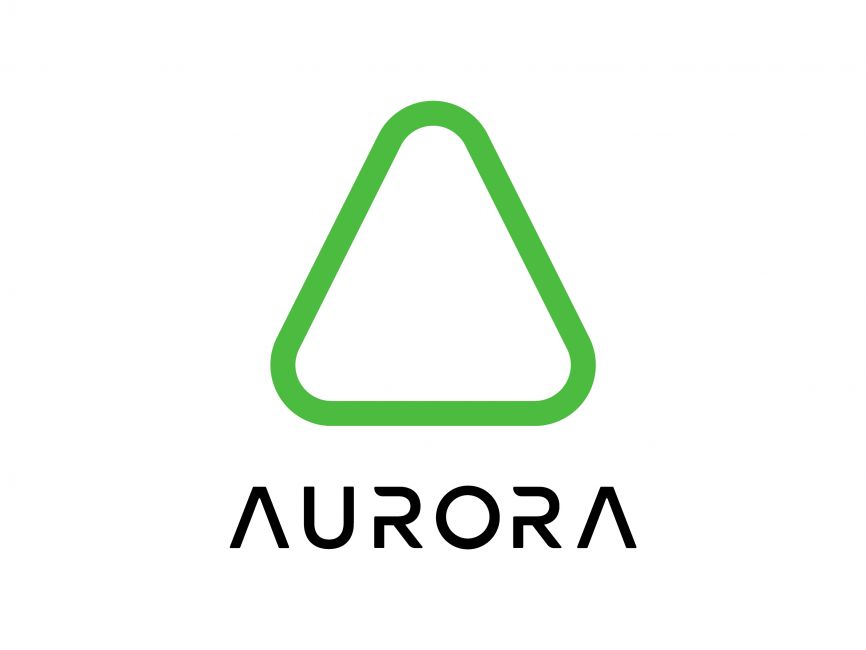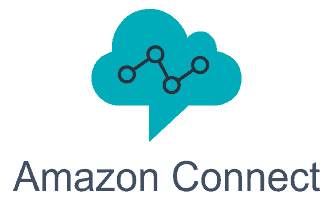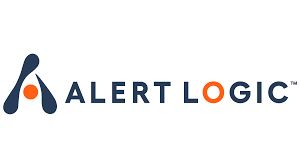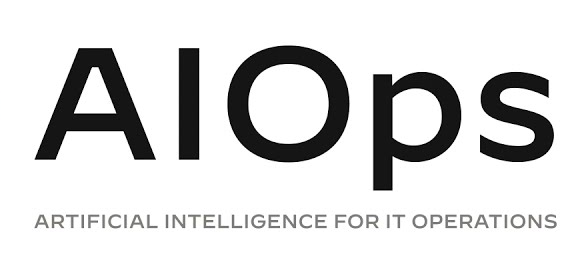The utilities sector, encompassing electricity, water, and natural gas services, is undergoing a significant transformation driven by technological advancements, regulatory changes, and evolving consumer expectations. As the industry adapts to new challenges and opportunities, it is crucial for utilities companies to stay ahead of the curve. In this blog, we explore the key trends shaping the future of utilities, the challenges facing the sector, and the innovations driving its evolution.
1. The Shift Towards Renewable Energy
The transition from fossil fuels to renewable energy sources is one of the most significant trends in the utilities sector. Governments and companies worldwide are committing to reducing carbon emissions and increasing the share of renewable energy in their energy mix.
Key Trends:
- Growth of Renewable Energy Sources: Solar, wind, and hydroelectric power are becoming more prevalent, with significant investments in infrastructure and technology to harness these resources efficiently.
- Energy Storage Solutions: Advances in battery technology and energy storage systems are addressing the intermittency issues associated with renewable energy sources, enabling a more reliable and stable supply.
- Decentralized Energy Production: The rise of distributed energy resources (DERs), such as residential solar panels and small-scale wind turbines, is shifting the traditional centralized model of energy production.
By investing in and adopting renewable energy technologies, utilities can reduce their environmental impact and meet the growing demand for cleaner energy.
2. The Role of Smart Grids and Digitalization
Smart grids and digital technologies are transforming the way utilities manage and distribute energy. Smart grids use advanced sensors, communication technologies, and data analytics to optimize grid operations, improve reliability, and enhance customer experiences.
Key Trends:
- Real-Time Monitoring and Control: Smart grids enable real-time monitoring of energy consumption and grid performance, allowing for quicker responses to outages and inefficiencies.
- Advanced Metering Infrastructure (AMI): Smart meters provide detailed consumption data, enabling utilities to offer more personalized services and pricing options to customers.
- Data Analytics and AI: Utilities are leveraging big data and artificial intelligence (AI) to forecast demand, optimize energy distribution, and improve operational efficiency.
The adoption of smart grids and digital technologies enhances grid reliability, reduces operational costs, and improves the overall customer experience.
3. The Focus on Energy Efficiency and Conservation
Energy efficiency and conservation are becoming increasingly important as utilities seek to manage growing demand and reduce environmental impact. Programs and technologies aimed at improving energy efficiency help both utilities and consumers lower energy consumption and costs.
Key Trends:
- Energy Efficiency Programs: Utilities are implementing programs to promote energy-efficient appliances, lighting, and building retrofits, offering incentives and rebates to encourage participation.
- Demand Response: Demand response programs help manage peak demand by incentivizing consumers to reduce or shift their energy usage during periods of high demand.
- Smart Home Technologies: IoT devices and smart home systems enable consumers to monitor and control their energy usage more effectively, contributing to overall energy conservation.
By promoting energy efficiency and conservation, utilities can reduce strain on the grid, lower operational costs, and support environmental sustainability.
4. The Impact of Regulatory Changes and Policy
Regulatory changes and government policies play a significant role in shaping the utilities sector. As governments worldwide address climate change and sustainability goals, new regulations and incentives are influencing how utilities operate and invest in new technologies.
Key Trends:
- Carbon Reduction Targets: Many countries have established ambitious targets for reducing carbon emissions, prompting utilities to adopt cleaner energy sources and technologies.
- Incentives and Subsidies: Governments are offering incentives and subsidies for renewable energy projects, energy efficiency improvements, and the adoption of new technologies.
- Grid Modernization Policies: Regulatory frameworks are evolving to support the modernization of grid infrastructure, including investments in smart grids and energy storage solutions.
Utilities must navigate these regulatory changes and align their strategies with policy objectives to ensure compliance and capitalize on available opportunities.
5. The Integration of Emerging Technologies
Emerging technologies are driving innovation in the utilities sector, offering new solutions for energy generation, distribution, and consumption. Utilities are exploring and adopting these technologies to enhance their operations and meet evolving customer needs.
Key Trends:
- Blockchain Technology: Blockchain is being explored for applications such as energy trading, grid management, and improving transparency and security in transactions.
- Hydrogen Energy: Hydrogen is emerging as a potential solution for decarbonizing industries and energy systems, with investments in production, storage, and distribution technologies.
- Electric Vehicles (EVs): The growth of electric vehicles is impacting utilities, as they must accommodate increased demand for charging infrastructure and integrate EVs into the grid.
By embracing emerging technologies, utilities can innovate their service offerings, improve operational efficiency, and address future energy needs.
6. The Importance of Customer Engagement and Experience
Customer expectations are evolving, with a growing demand for personalized services, transparency, and engagement. Utilities are focusing on enhancing the customer experience to build stronger relationships and improve satisfaction.
Key Trends:
- Enhanced Communication Channels: Utilities are using digital channels, such as mobile apps and online platforms, to communicate with customers, provide updates, and offer self-service options.
- Personalized Services: Utilities are leveraging data analytics to offer tailored services, such as customized billing options, energy-saving tips, and targeted promotions.
- Customer Empowerment: By providing tools and information that enable customers to manage their energy usage and make informed decisions, utilities can foster greater engagement and satisfaction.
Improving customer engagement and experience is essential for utilities to retain customers, build trust, and differentiate themselves in a competitive market.
Conclusion: Adapting to a Changing Landscape
The utilities sector is navigating a period of significant transformation, driven by advancements in technology, shifts in regulatory frameworks, and evolving consumer expectations. By embracing renewable energy, adopting smart grid technologies, focusing on energy efficiency, and integrating emerging innovations, utilities can address the challenges and capitalize on the opportunities shaping the industry’s future.
As the sector continues to evolve, utilities must remain agile, innovative, and responsive to changes in order to deliver reliable, sustainable, and customer-centric services. By doing so, they can play a crucial role in shaping the future of energy and contributing to a more sustainable world.





